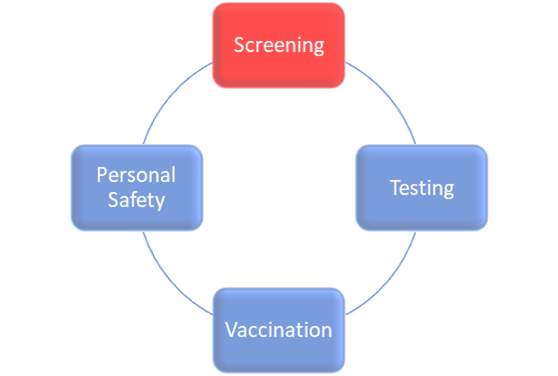Crime Prevention Through Environmental Design (CPTED) has emerged as a pivotal strategy in the realm of urban planning and public safety. This approach focuses on the design, manipulation, and management of the physical environment to reduce opportunities for crime, thereby enhancing the quality of life for community members. This article delves into the rationale behind conducting a CPTED survey, its benefits, the stakeholders who gain from it, and the potential drawbacks, offering a comprehensive perspective for professionals in the field.
As professionals well-versed in the nuances of urban safety and planning, you are likely familiar with the concept of Crime Prevention Through Environmental Design (CPTED). This strategic approach has become increasingly relevant in our efforts to cultivate safer, more harmonious urban spaces. If you are considering the implementation of a CPTED survey, or if you have questions regarding its scope and effectiveness, this article aims to provide you with comprehensive insights that will inform your decision-making process.
CPTED stands as a testament to the profound impact that environmental design can have on crime prevention and community well-being. Rooted in the understanding that the physical environment plays a crucial role in influencing behavior, CPTED strategies involve the meticulous assessment and modification of environmental factors to reduce crime and enhance the quality of life for residents. This article delves into the essential components of a CPTED survey, exploring why such a survey is pivotal, the manifold benefits it offers, the diverse stakeholders who stand to gain, and the potential challenges that need to be navigated.
Our objective here is not just to underscore the importance of CPTED surveys but also to equip you with the knowledge to effectively implement and leverage these surveys in your respective domains. Whether you are at the cusp of initiating a CPTED survey or are seeking to deepen your understanding of its implications, this discussion aims to shed light on the critical aspects of CPTED, ensuring that your approach to urban safety and planning is both informed and impactful.
Why Conduct a CPTED Survey?
A CPTED survey is essential for several reasons:
- Risk Assessment: It helps in identifying potential security risks and vulnerabilities in a particular area.
- Customized Solutions: It enables the development of tailored strategies that address specific local crime issues.
- Stakeholder Engagement: Such surveys involve community members, fostering a sense of ownership and collaboration in crime prevention efforts.
Benefits of a CPTED Survey
The benefits of conducting a CPTED survey are multifaceted:
- Reduced Crime Rates: Properly implemented CPTED principles have been shown to decrease crime rates significantly.
- Enhanced Public Safety: It improves the perception of safety and security among residents.
- Economic Advantages: A safer environment can lead to increased property values and business activities.
- Sustainable Development: CPTED principles contribute to sustainable urban development by promoting safe and livable environments.
Beneficiaries of CPTED
The beneficiaries of CPTED surveys extend beyond individual residents:
- Local Communities: Residents benefit from safer and more secure living environments.
- Law Enforcement: Police can focus resources more effectively when environmental design reduces opportunities for crime.
- Urban Planners and Developers: Insights from CPTED surveys aid in creating safer urban spaces.
- Business Owners: A safe environment can boost customer footfall and economic activity.
Drawbacks of CPTED
While beneficial, CPTED surveys also have limitations:
- Resource Intensive: Conducting thorough surveys requires significant time and financial resources.
- Potential for Discrimination: There is a risk of promoting exclusionary practices, inadvertently targeting specific groups.
3. Overemphasis on Surveillance: Excessive focus on surveillance can lead to privacy concerns and a ‘fortress mentality’.
Conclusion
CPTED surveys are a critical tool in the urban planner’s repertoire, offering significant benefits in terms of crime reduction, enhanced safety, and community well-being. However, it is crucial to approach these surveys with an understanding of their potential drawbacks and ensure that they are implemented in an inclusive, ethical, and resource-efficient manner.
If your Municipality wants to learn more about this topic and read the full article version visit here. Feel free to contact me directly at [email protected] for further assistance.




.jpg)

.png)



